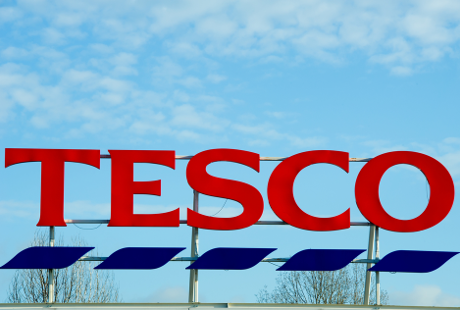The success of a server virtualisation project at UK supermarket chain Tesco has led the company to pursue an almost all-virtual IT infrastructure strategy.
“Our overall goal is to have everything running on virtual, with the exception of only a couple of systems,” Nigel Chubb, IT service manager for the company’s operations and infrastructure division, told Citrix’s iForum user conference today.
But just one year ago the company felt very differently. “At that point we had no intention to virtualise,” said Chubb.
That was changed by an independent review of its data centre capacity, which Tesco had believed to be sufficient for the following five years’ requirements. “The review found that we had less than a year of growth in our data centres,” said Chubb, a finding that made the company reassess virtualisation.
The topic was made all the more pressing due to the planned roll-out of Tesco‘s Real Time Sales application. “If we hadn’t done something drastic, we would have had to build another data centre,” said Chubb.
The company decided to virtualise its 1,500-strong Wintel server farm, which was then a significant drain on resources, consuming 30% of all data centre power but with utilisation as low as 6%.
It plumped for Citrix’s XenServer product, Chubb said, because of the company’s dedication to the project. As well as deploying virtual technology, the company replaced all of the physical infrastructure supporting its Wintel systems excluding the network. It adopted HP blade servers, housed in a hot aisle containment unit from APC.
That move has drastically improved utilisation and power consumption, Chubb said, and has also significantly reduced the time it takes to provision a server, from three or four weeks to days or less, improving the speed to market of business projects. Avoiding ‘virtual sprawl’, when ease of provisioning leads to rapid proliferation of virtual machines, has required strong governance, said Chubb. “No one can create a server without my permission,” he explained.
His experience of virtualisation in this project has led him to pursue the technology in other areas, including desktop and disaster recovery, which Chubb said was his number one priority for this year.
But despite the benefits that have ensued, there was no business case for virtualisation until the damning data centre review. “We needed that trigger to justify the project,” he said.
And it was by no means easy to implement, he added: “It was difficult to make it work.”
Indeed, even Microsoft was sceptical that its own software could be deployed on a virtual system on the scale that Tesco was intending. “We had some very serious visitors from [Microsoft’s headquarters in] Redmond,” recalled Chubb. “They wanted to make sure it was working; in fact I think they couldn’t believe that it would.”










